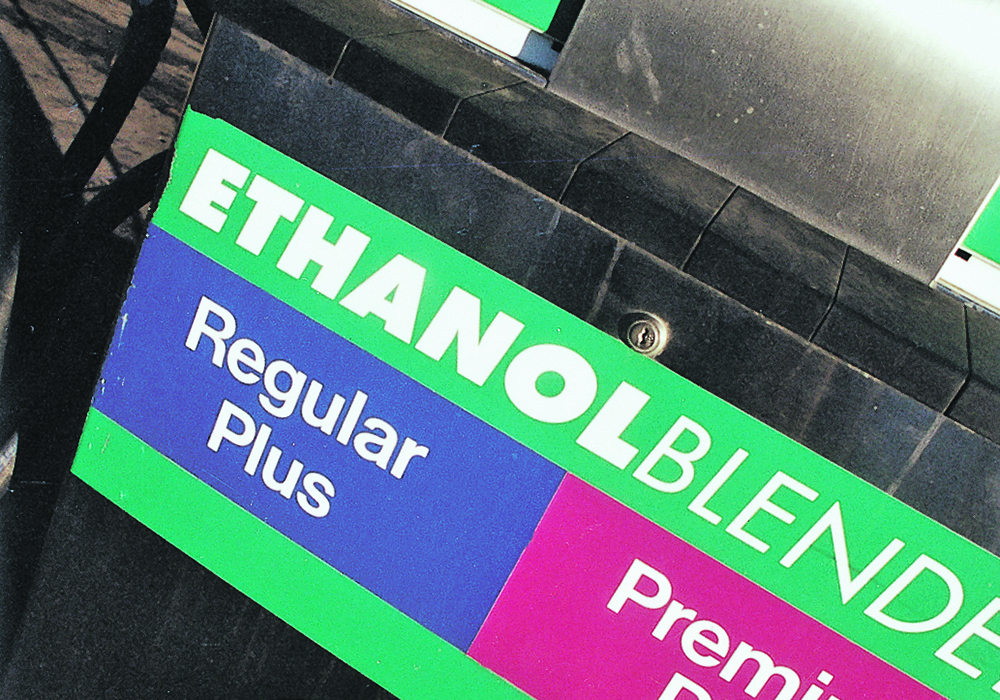Canada’s ethanol industry is unfazed by Ottawa’s revelation that it is pushing back some of its greenhouse gas reduction targets in the proposed Clean Fuel Standard.
“I think it’s fair to look at a reasonable delay,” said Renewable Industries Canada spokesperson Andrea Kent.
The original plan called for a reduction of 3.6 grams of carbon dioxide per megajoule starting in 2022. The new target is 2.4 grams that year.
The targets have been reduced for the first three years of the proposed standard. However, they will increase to 12 grams per MJ by the end of the program in 2030, up from the original goal of 10 grams.
Read Also

Critical growing season is ahead for soybeans
What the weather turns out to be in the United States is going to have a significant impact on Canadian producers’ prices
“That’s good news for ethanol on the back-end for sure,” she said.
Federal environment minister Jonathan Wilkinson told the Canadian Press the short-term adjustments were needed to give the fossil fuel industry time to recover from the COVID-19 pandemic.
“We think that’s appropriate in the context of the current environment where firms are having to come through a very difficult time,” he said.
The Canadian Association of Petroleum Producers had been calling for a three-year delay in the introduction of the Clean Fuel Standard but that is not in the cards.
Regulations for the liquid fuel portion of the CFS were supposed to be published in the fall of 2020. That has been delayed as well.
Kent said policy flexibility is going to be important for both the fossil fuel and renewable fuel sectors in the current uncertain economic environment.
“It does make sense that some adjustments were taken,” she said.
The good news for ethanol producers and the corn and wheat farmers who supply them is that the new targets will increase cumulative greenhouse gas reductions by six percent over the 2022 to 2030 period of the program.
That will likely result in even more ethanol blending over the lifetime of the program.
Under the old targets, RIC was forecasting a 15 percent national average blend by 2030, which is triple the current federal mandate.
Kent said Canada’s ethanol sector has been hard hit by the COVID crisis and the crude oil price war but the situation is improving.
“Definitely (fuel) demand is recovering. I think it’s going to come back quite well,” she said.
Weekly ethanol production that was down as much as 48 percent year-on-year in the U.S. during the early days of the crisis was down 17 percent in the latest U.S. Energy Information Administration’s weekly report.
She believes the situation is similar in Canada.
“(Demand) is coming back at a healthy (clip),” said Kent.
She has read reports that millennials, a group that has traditionally been heavy users of public transportation, are starting to buy cars due to hygiene concerns associated with COVID.
Kent said Canada’s ethanol industry has fared better than their U.S. counterparts through the crisis because the U.S. was already overproducing the product and relying heavily on exports, which have plummeted.
CoBank, a US$158 billion co-operative bank, recently released a report detailing the extent of the damage.
“At the beginning of 2020, the U.S. ethanol industry had one billion gallons of excess capacity, which is projected to rise to 3.9 billion by the end of 2020 before settling to 2.4 billion by the end of 2021,” stated the CoBank report.
The U.S. industry has been struggling with reduced export demand. There was a 23 percent drop in net exports in 2019 and another 21 percent decline is forecast for 2020.
Brazil has become a fierce competitor in international markets due to its weak currency and cheap sugar prices.
Kent said there have been numerous plant closures in the U.S. but none that she is aware of in Canada. Some companies have bumped up scheduled shut-downs for maintenance but that is the extent of it.


















